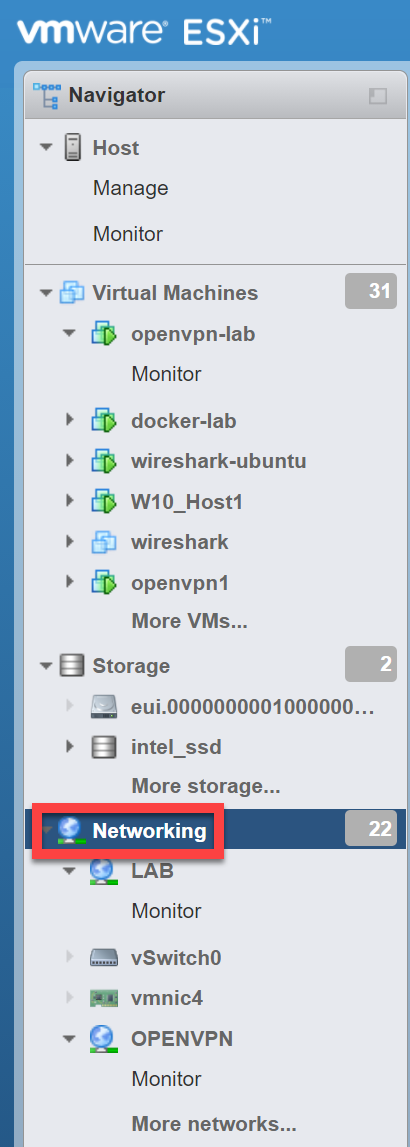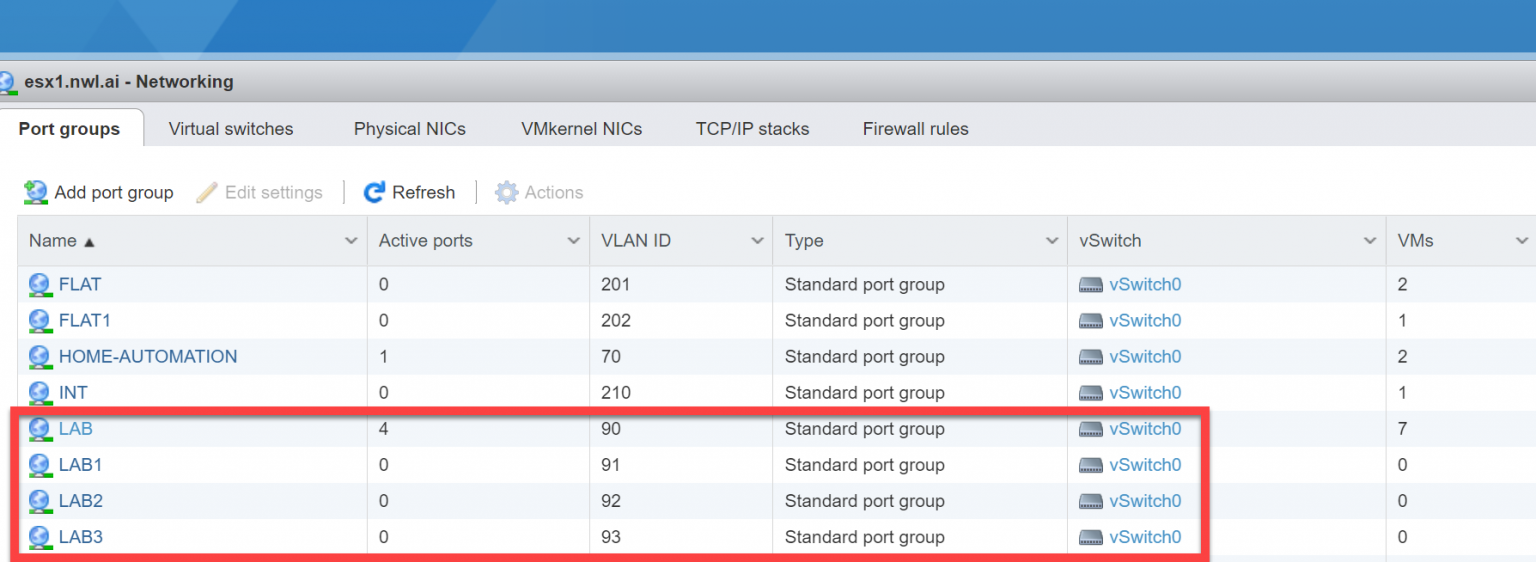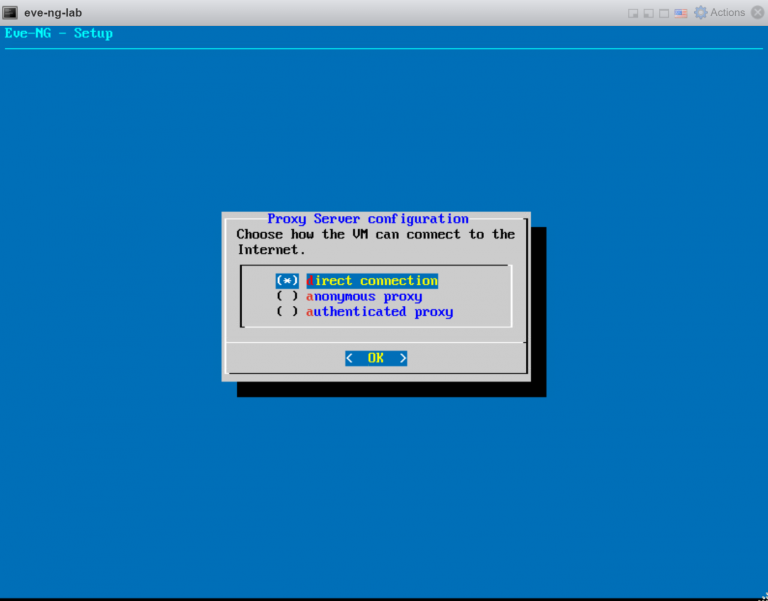
On the pop up choose cloud-init, click ok. Find your device here and click the 3 dots at the far right and select Generate Bootstrap Configuration. This configuration can be found in vManage by going to Configuration>Devices. Once you have access to the CSR1Kv CLI, we will pull the entire config from vmanage and paste it in.
#Cisco sd wan lab eve ng update
Update 6-19-2020: Check out a new post I wrote regarding SDWAN CSR1000v – Automating Configuration I have been unable to actually make this work, so I do the basics through the web console. When deploying the OVA in VMware it does present a page in which you supposedly can configure some parameters such as an IP on the management interface, default route, username etc. In my set up, I jump on the CLI through the vmware web console and configure it just enough to be able to SSH to it. Depending on how you have deployed the VM, you can do this through something like VMWares web console or SSH to it if available. Now we need to get on the CLI of the CSR1Kv. The CSR1Kv will not be considered online at this point, however the template attachment will sit in a scheduled state until we complete the last few steps. I’m not covering the entire attachment process here, so proceed through the attachment process as usual. You will see your device here and will be able to attach the CSR1Kv. In vManage go to Configuration then Templates.Ĭhoose your template and click Attach Devices. Creating the template is out of scope for this post. You will now want to attach this CSR1Kv to a Device Template in vManage. Once the sync is complete, back on the Configuration>Devices screen you should now see the CSR1Kv from your smart account. This is changed in the Administration Settings section in vManage. Make sure the organization name is the virtual account or it will not sync properly. In the popup window simply enter your smart account login. Here you want to click sync smart account. We will want to go to the Configuration tab and then to Devices. The first we need to do in vManage is sync our smart account so that vManage will receive the information about the CSR1Kv we want to deploy. In my experience it only takes a couple minutes. You will need to wait until this turns into Provisioned. Now you should see the CSR1KV is in the pending publish state. Now click through the remaining screens until you can click “done”. Fill our the popup, using CSR1KV as the PID, and select the controller profile you want to use.
#Cisco sd wan lab eve ng software
Go to the Devices tab and click Add software devices.Ĭlick Add Software Devices again. The organization name needs to match what you have set up in vManage. Fill out the information and click next until completion. On the popup, select controller type VBOND.

You will need to set up a controller profile by going to the Controller Profiles tab and click add profile. On this page, in the top right, you will need to select the virtual account you created previously. Under the Network Plug and Play section, go to Plug and Play Connect. Once You have completed this, return to the main page. In the pop up, just fill out the information. Once here you want to go to the Virtual Accounts tab then click New Virtual Account. Here you will want to go to “Manage Smart Account”. On the first page you will see an administration section.

You wll want to create a virtual account within your smart account. To begin, go to and log into your smart account. I have not done this myself as I have a smart account through my employer, so your mileage may very here.

So may be valid, but using your gmail would not be. The requirement to verify your account seems to be the ability to respond to an activation email directly from a unique domain email account. Your company may already have a smart account that you could request access to, or if you own a domain you may try your luck at requesting your own smart account from cisco. You will need to have a smart account to provision a CSR1Kv. For this post I am using vManage version 19.2 and CSR1Kv version 16.12.1e. I will be going through adding a CSR1KV to your cisco smart account and getting the device connected to the control plane. I will also be using a cisco hosted control plane (vmanage, vbond, vsmart). In my case here, I have my own vmware esxi compute cluster where I deployed the CSR1Kv OVA. This will also not cover building the controllers or creating device templates. Since there are a variety of ways to host the CSR1KV VM, I will not be going through the installation of the VM its self here. I debated for a while on where in the process to begin this guide, but decided to keep it focused on bringing up a CSR1Kv into a production SDWAN network. I haven’t seen a whole lot of information out there about the SDWAN CSR1Kv, so I thought I would take this opportunity and start with a guide on deploying CSR1000v with Cisco SDWAN.


 0 kommentar(er)
0 kommentar(er)
